Guillaume Joubert has been practising conservation agriculture for about six years on his 100 hectares of land. He grows maize in rotation with durum wheat and currently sows a rapidly growing cover crop mixture immediately following his durum wheat in keeping with the key conservation agriculture principle of maximising soil cover with living plants. The mixture includes tillage radish which leaves deep vertical pores in the soil still visible in the following no-till crop of maize (see image 1). The mixture also includes faba beans, peas and lucerne, which all fix nitrogen and contribute to increased reserves of organic nitrogen for subsequent crops. Guillaume has noticed that his soil holds moisture better and is also teeming with life (see image 2).
Daniel Bremond has been practising conservation agriculture since 2012 and works in partnership with Stéphane to trial a range of new approaches on his land. He is keen to develop living mulch systems to increase soil cover (see image 3), build soil biology and improve soil quality. This year he has established a field where thirty different approaches to include living mulches in durum wheat-maize rotations are being trialled (see image 4). The field is set up with long strips that act as non-replicated experimental plots and are also effective demonstrations of different approaches to show farmer groups on field days. The non-irrigated section of the field has a range of legumes planted after the durum wheat harvest; not only species, but individual varieties of legumes are being compared to determine the most effective combinations. In the irrigated section of the field, cover crops like sorghum are being tested following durum wheat: this has been destroyed using a roller crimper to reduce herbicide use and followed by a direct-drilled legume. Undersowing of maize with legumes just prior to harvest has also been tested to assess which types will be most effective at emerging through the thick layer of stover that is left in the field in this no-till system.
Stéphane describes Daniel as a fellow scientist and equal partner in his research programmes. Both of these farmers are real innovators and their work with ARVALIS is a great example of the principle of co-innovation in research put into practice.
Future issues of this newsletter will highlight activities in the other six SolACE on-farm experimental networks.
Further information
Contact
- Julia Cooper, Newcastle University
- Stéphane Jézéquel, ARVALIS
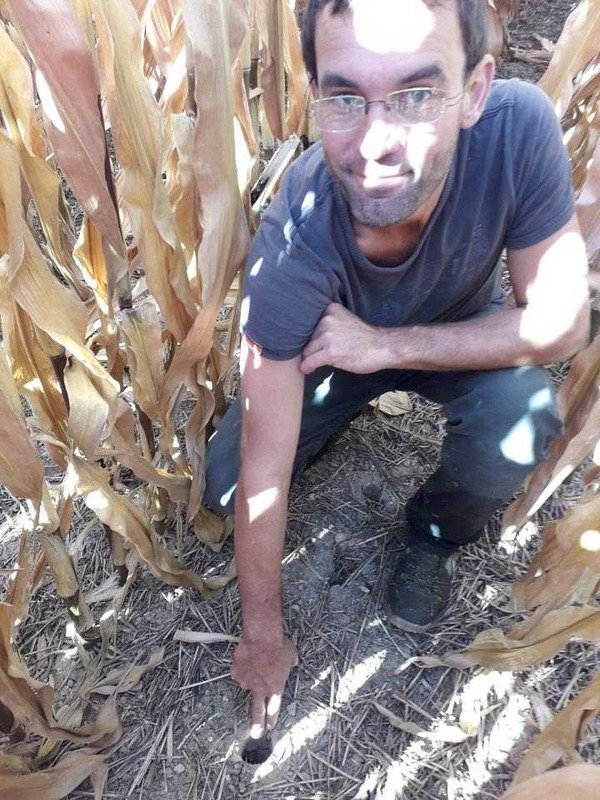
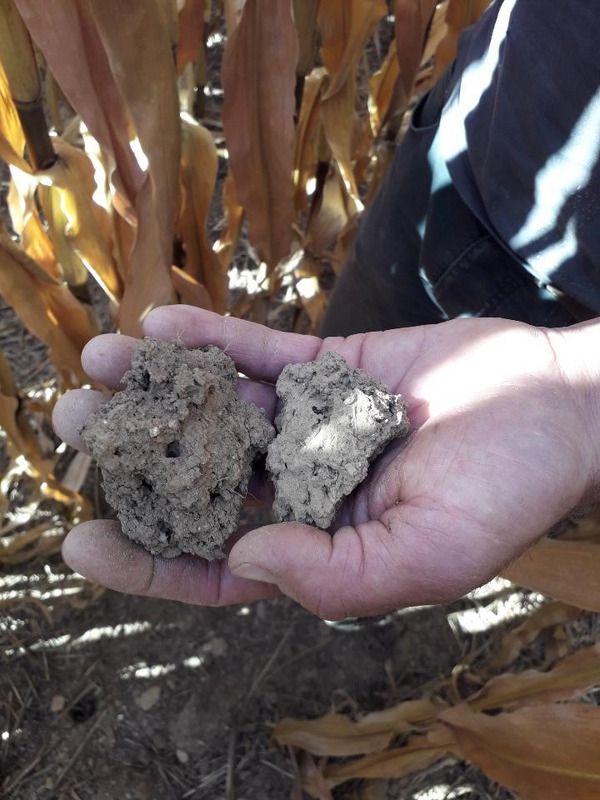
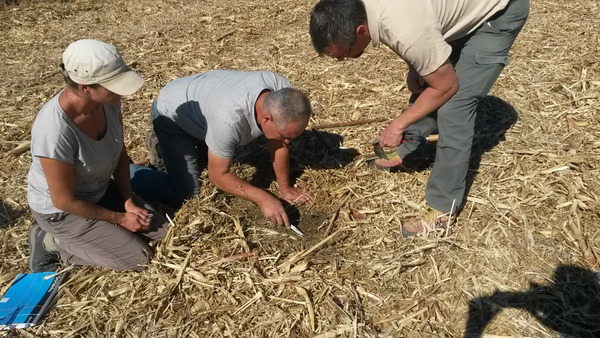
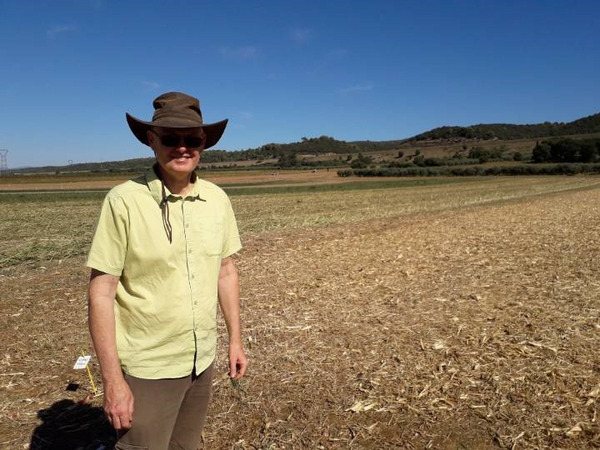
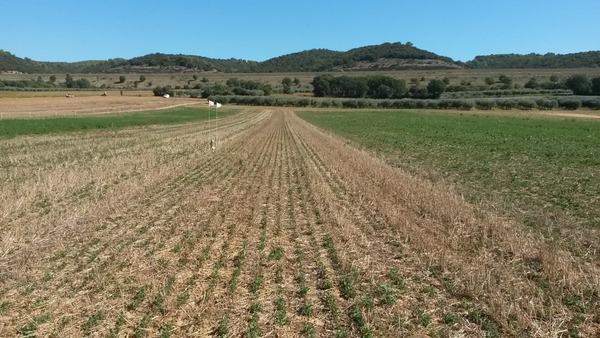
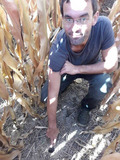
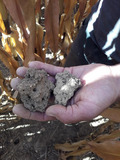



 tap and then scroll down to the Add to Home Screen command.
tap and then scroll down to the Add to Home Screen command.